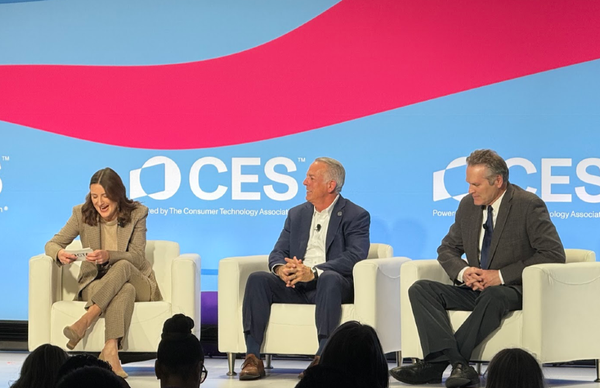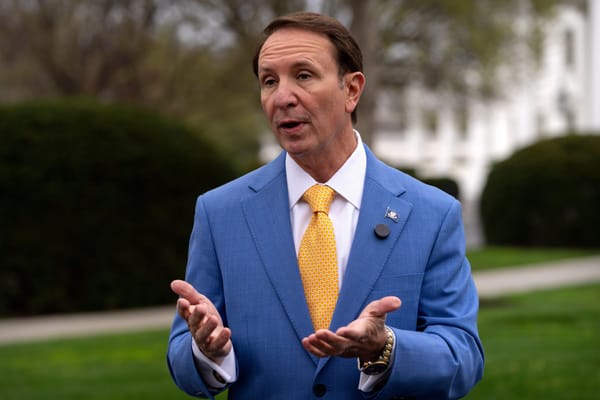Government Broadband Funds Should go to Open Networks: Panel
More than 15 states say they will prioritize open access networks with BEAD funding.
Jericho Casper

WASHINGTON, September 20, 2024 – In awarding grants to build new broadband networks, federal and state governments should require network owners to open their networks to multiple internet access providers to promote competition and avoid monopolization in rural markets.
Video Clips (see below for full video):
This proposed approach to expanding open access networks was debated here on Thursday at the Digital Infrastructure Investment Summit. The discussion evaluated the risks and rewards of such an approach, as state and federal officials were seeking to ensure a robust internet connection for every American.
Drew Clark, CEO and Publisher of Broadband Breakfast and panel moderator, noted that at least 15 states – including Washington, Arizona, and Alaska – had prioritized open access applications in funding plans for the $42.5 billion Broadband Equity, Access, and Deployment program.
But BEAD lacks a clear nationwide requirement for open access, Clark noted,leaving states to decide whether to adopt this approach.
Unlike traditional models where a single provider controls both the infrastructure and service, open access networks allow different Internet Service Providers to compete over a shared network, giving consumers more choices and often resulting in lower prices.
Roger Timmerman, CEO of UTOPIA Fiber, said he was a strong proponent for using taxpayer funds for open access infrastructure. “I think there should be a preference for open access, especially when public money is subsidizing or funding fiber broadband. It seems like a no-brainer to me, rather than using that money as a subsidy or a gift to incumbent providers to perpetuate monopolies across our territories,” he said.
Utah operator and Baltimore city official tout open access
Timmerman cited an example from his own community, where public funding had been used to build a closed network by an incumbent provider. As a result, a local school district now pays $20,000 per month for service, he said. "These networks end up being all closed and locked up," he explained. "Now the question is, when we give public dollars to projects, is there any public benefit? Or, are there any strings attached?"
UTOPIA Fiber, which was organized under an interlocal agreement between 11 Utah municipalities, has leveraged a combination of revenue bonds, sales tax, franchise tax, and its own revenue for financial backing.
In some cases, other cities issue their own bonds while UTOPIA acts solely as the network operator. This approach has helped UTOPIA fund fiber infrastructure across 23 Utah communities. The growing network supports 18 residential ISPs and more than 35 business ISPs. That promotes competition and drives down prices for consumers, he said.
Taking the other point of view was Vikash Harlalka, a communications services expert with New Street Research.
 Broadband BreakfastBroadband Breakfast
Broadband BreakfastBroadband Breakfast
He expressed doubts about the financial viability of government-mandated open access. He warned that forcing open access could reduce investment in network infrastructure, as returns may decline when operators are required to share networks.
Pushing back against Harlalka’s points was Purnell Carter, technical director of Baltimore’s Office of Broadband and Digital Equity. He said Baltimore was making open access work financially, backed by a mix of state and federal funds.
Baltimore, which owns its own middle mile infrastructure, is expanding its fiber ring citywide to boost competition and address market gaps. Carter said that the city is utilizing a mix of federal grants and other funding sources to support this form of broadband expansion.
Baltimore has identified more than 4,000 residents in need of last-mile broadband connecting, and is actively deploying drops to those residents.
As that develops, the city is also finalizing a request for proposal to select the ISP(s) that will deliver services to these residents free of charge, Carter said.
"We’re utilizing funding to build out the infrastructure so that ISPs can come in and know that construction costs are already taken care of,” Carter said. He highlighted that 15 ISPs – including major players like Comcast, T-Mobile, and Ting – have expressed interest in providing services over the city's infrastructure.
What’s the next step for open access?
Timmerman and Carter pointed to their respective journeys as examples of open access networks overcoming financial challenges. Timmerman shared that between 2002 and 2008, UTOPIA struggled financially, including the abrupt departure of its first anchor tenant – AT&T.
Could BEAD funding spur the next wave of open access networks? Relatedly, of the 63 municipal open access networks in existence, 18 were established by federal COVID-19 relief funding through the American Rescue Plan Act and its Capital Projects Fund.












Member discussion